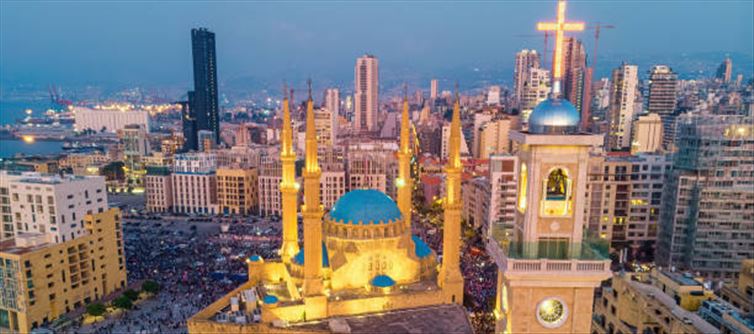
However, the balance began to shift with demographic changes and regional geopolitics. The influx of Palestinian refugees after the 1948 Arab-Israeli war and the rise of pan-Arabism introduced new Muslim populations and ideologies. Tensions between Christians and Muslims escalated into the Lebanese Civil war (1975–1990), during which various factions, including Islamist groups like Hezbollah, gained power with support from external actors like iran and Syria.
The 1989 Taif Agreement, which ended the civil war, redistributed political power, weakening Christian dominance. Hezbollah, an Islamist Shia group, emerged as a significant political and military force, supported by iran and Syria. Over time, it became more powerful, gaining influence in Lebanese politics and society. The influence of Islamists in lebanon today is not absolute but reflects a broader regional dynamic of sectarianism and foreign intervention.




 click and follow Indiaherald WhatsApp channel
click and follow Indiaherald WhatsApp channel